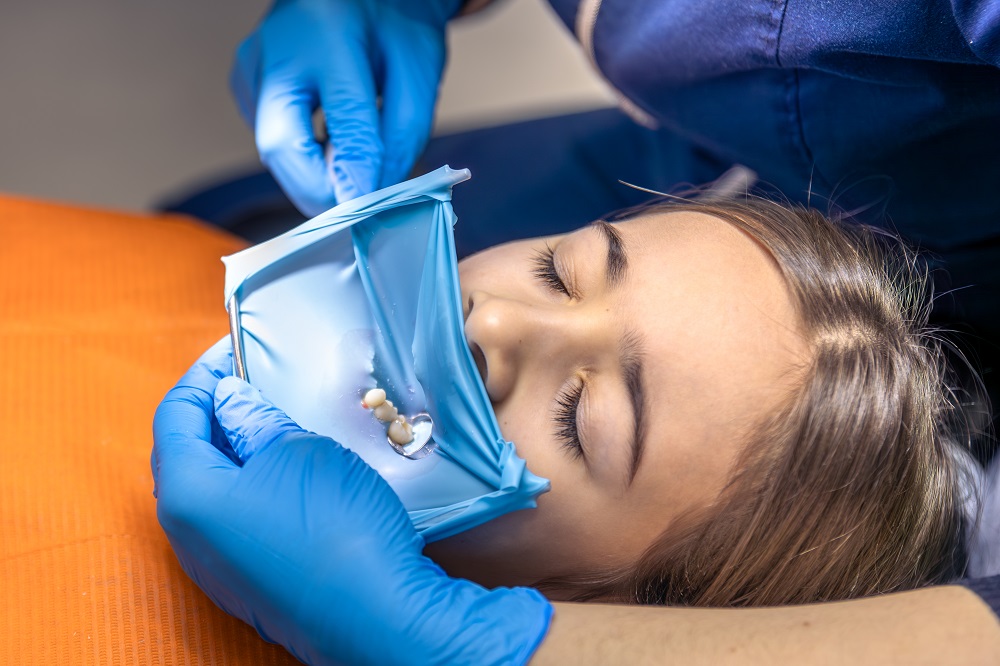Artificial Bladder Implant: A Comprehensive Guide for Patients
For people with extreme bladder dysfunction, the life-changing medical invention known as an artificial bladder implant gives hope. Artificial bladder implants offer a fresh choice for those needing either whole or partial bladder reconstruction regardless of trauma, congenital defects, or diseases like bladder cancer. The specifics of artificial bladder implants—their goal, varieties, technique, hazards, post-operative care—are discussed in this paper.
What Is an Artificial Bladder Implant?
An artificial bladder implant is a surgically built bladder that allows urine storage and regulated release, functioning much like a natural bladder would. Usually advised for individuals who have had bladder removal surgery (cystectomy) or suffer from congenital abnormalities compromising bladder function, this implant replaces a damaged or non-functioning bladder.
Why Consider an Artificial Bladder Implant?
For many, bladder implants restore autonomy and significantly improve quality of life. Consider an artificial bladder implant if you experience:
- Loss of bladder due to cancer or severe trauma
- Congenital abnormalities that affect bladder function
- Bladder dysfunction unresponsive to other treatments
- Frequent urinary tract infections or incontinence
Types of Artificial Bladder Implants
Artificial bladder implants are generally classified into two main types:
- Neobladder
A neobladder is created using tissue from the patient’s intestine. This approach allows for a natural-looking bladder replacement, providing the patient with voluntary control over urination. - Urostomy Bag
In cases where the neobladder isn’t feasible, a urostomy bag may be created. This is an external pouch attached to the abdomen that collects urine, offering a solution for those who cannot use a neobladder.
The Procedure: How Artificial Bladder Implant Surgery Works
Surgery for an artificial bladder implant typically involves three main stages:
- Preparation
- Assessment: Before surgery, doctors perform detailed assessments, including imaging and functional tests, to determine eligibility.
- Pre-Surgical Protocol: Patients might undergo bowel preparation if intestinal tissue will be used.
- Surgical Process
- Anesthesia: The patient is placed under general anesthesia.
- Bladder Reconstruction: For a neobladder, a portion of the intestine is reshaped to create a bladder. In urostomy, the intestine is used to form a conduit for urine to flow into an external bag.
- Post-Surgery Care
- Monitoring: Patients are monitored in the hospital, typically staying between 7 to 10 days.
- Recovery Support: Pain management, infection prevention, and catheter training are critical in the initial recovery phase.
Benefits of Artificial Bladder Implants
An artificial bladder implant can have a profound positive impact, providing benefits like:
- Improved Quality of Life: Enables better control over urination, improving independence and comfort.
- Enhanced Urinary Function: Allows individuals to retain some level of bladder control, especially with a neobladder.
- Reduced Risk of Infections: Properly designed implants can minimize recurrent urinary tract infections (UTIs).
Risks and Complications
While artificial bladder implants bring significant advantages, there are risks and potential complications to consider:
- Infections: Post-surgery infections are a common risk but can be managed with antibiotics.
- Bowel Dysfunction: For patients who use intestinal tissue, bowel irregularities may occur initially.
- Urinary Leakage: Some patients might experience urine leakage, especially during the initial stages.
- Catheter Dependency: Some individuals may need to self-catheterize to empty the bladder fully.
Recovery and Post-Operative Care
Post-operative care is essential for a successful recovery. Here’s what to expect after an artificial bladder implant:
1. Physical Care
- Pain Management: Over-the-counter or prescription medications may be necessary for managing post-surgical pain.
- Catheterization: Patients may need to self-catheterize initially, which requires training and practice.
- Hydration and Diet: Adequate hydration is essential to prevent kidney stones and UTIs, while a balanced diet supports healing.
2. Emotional Support
- Counseling: A mental health professional can assist patients in adjusting to lifestyle changes.
- Support Groups: Online and local support groups offer a community of individuals with similar experiences.
3. Lifestyle Adjustments
- Activity Limitations: For the first six weeks, avoid heavy lifting or strenuous activities.
- Regular Monitoring: Follow-up appointments allow your healthcare provider to monitor healing and manage complications early.
Cost and Insurance Coverage
The cost of an artificial bladder implant can be significant, depending on factors like procedure type, surgeon fees, and location. Generally, health insurance plans cover all or a portion of the surgery cost when deemed medically necessary, but it’s advisable to verify coverage with your provider.
Frequently Asked Questions (FAQs)
1. How long does recovery from an artificial bladder implant take?
Recovery time varies by individual but typically spans three to six months for a complete adjustment.
2. Can I exercise after receiving an artificial bladder implant?
Yes, after consulting with your doctor, most individuals can gradually resume physical activities, though strenuous exercise may need to wait for six weeks post-surgery.
3. Will I need a catheter permanently?
Not necessarily. Some patients with a neobladder can urinate normally after recovery, while others may need intermittent catheterization.
4. Are artificial bladder implants permanent?
Yes, these implants are designed to be permanent, but they may require maintenance, and some patients may need adjustments over time.
Conclusion: Taking the Next Step with Artificial Bladder Implants
For patients with extreme bladder dysfunction, selecting an artificial bladder implant is a big choice that can provide a fresh start on life. Although the operation entails a commitment to post-operative care and lifestyle changes, the advantages of recovering bladder control, autonomy, and better quality of life can be transforming. See a trained urologist to go over your choices and determine whether an artificial bladder implant is appropriate for you.Top of Form














Post Comment